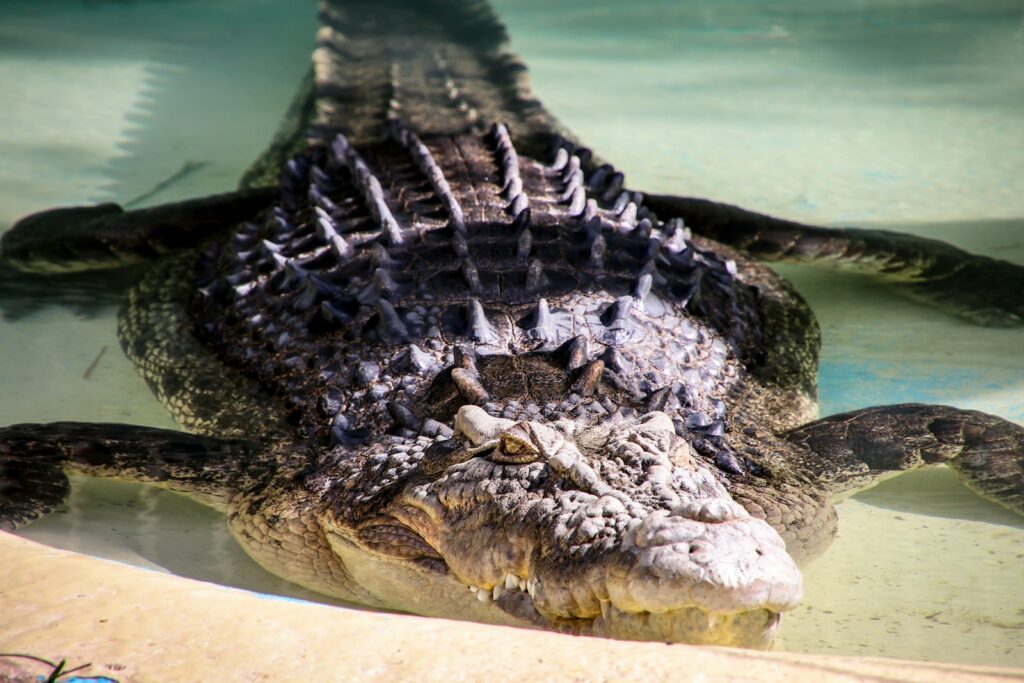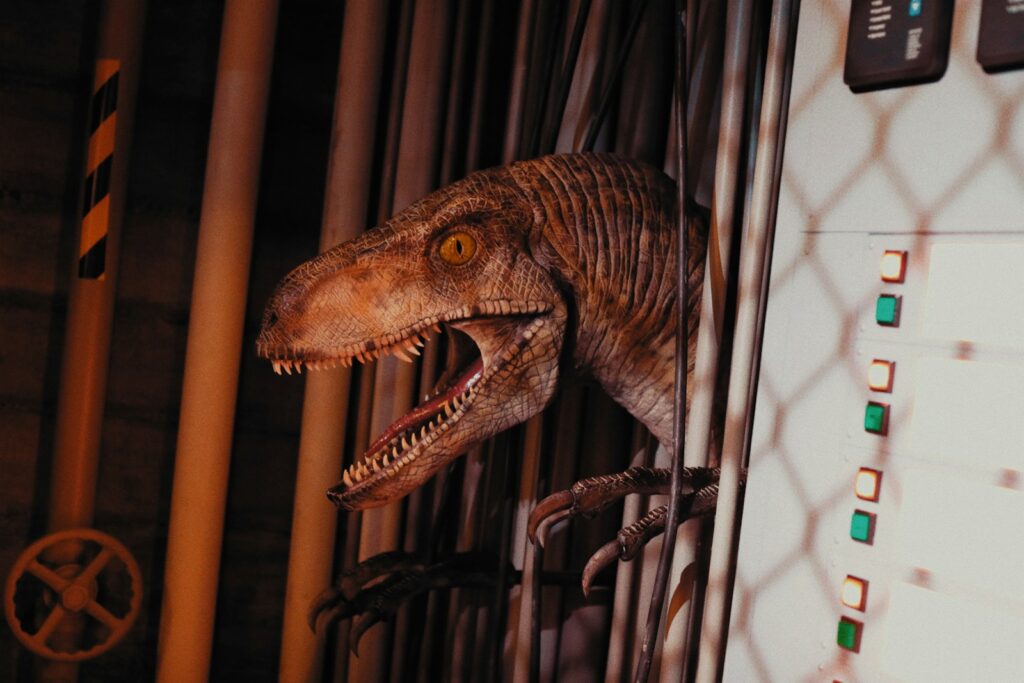When we look at today’s reptiles—from sunbathing lizards to stealthy crocodiles—we’re witnessing living connections to the age of dinosaurs. Modern reptiles serve as ecological windows into prehistoric landscapes that vanished 66 million years ago. Through studying their behaviors, adaptations, and physiological mechanisms, scientists can construct more accurate models of dinosaur ecosystems. This biological bridge spans millions of years, helping paleontologists fill critical gaps in our understanding of these ancient worlds. The similarities between modern reptiles and dinosaurs are more than coincidental—they reflect evolutionary relationships and shared ancestral traits that have persisted through dramatic planetary changes. This article explores how contemporary reptiles illuminate the lives and environments of their prehistoric relatives, offering valuable insights into ecosystems long vanished from Earth.
Physiological Parallels Between Modern Reptiles and Dinosaurs
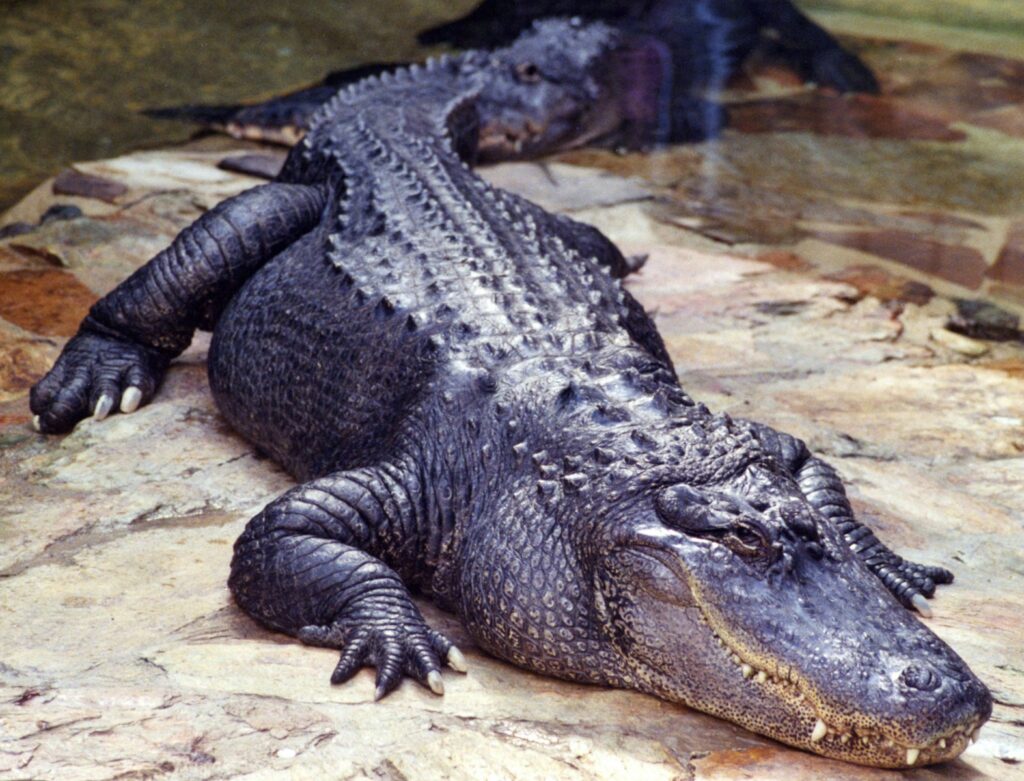
Modern reptiles provide scientists with crucial physiological frameworks for understanding how dinosaurs may have functioned. The thermoregulation strategies observed in today’s reptiles—like basking in sunlight to raise body temperature or seeking shade to cool down—offer clues about how certain dinosaur species might have managed their internal temperature. Studies of bone structure in both groups reveal similar growth patterns, with lines indicating periods of faster and slower development that likely corresponded with seasonal changes. Metabolic insights gained from studying modern reptile digestion systems help researchers formulate theories about dinosaur metabolic rates, which were likely more varied and complex than originally thought. The cardiovascular systems of modern crocodilians, with their four-chambered hearts, suggest that at least some dinosaur groups might have possessed more efficient circulatory systems than typical reptiles. These physiological connections allow scientists to move beyond skeletal reconstructions and begin understanding dinosaurs as living, functioning organisms within their environments.
Nesting Behaviors and Reproductive Strategies

The nesting habits of modern reptiles provide paleontologists with valuable models for interpreting dinosaur reproductive behavior. Many contemporary reptiles, particularly crocodilians and some turtle species, construct elaborate nests and exhibit parental care behaviors that fossil evidence suggests were also present in various dinosaur groups. The discovery of dinosaur nesting grounds with eggs arranged in specific patterns mirrors the organized nesting colonies observed in modern sea turtles and other reptiles. Temperature-dependent sex determination, a phenomenon where the ambient temperature during egg incubation determines offspring gender, exists in many modern reptiles and may have influenced dinosaur population dynamics and evolutionary adaptations. Clutch size variations among modern reptiles also help paleontologists interpret the significance of different dinosaur nesting patterns, from the massive communal nests of some sauropods to the smaller, carefully tended nests of certain theropods. These reproductive parallels offer fascinating glimpses into dinosaur family structures and population dynamics that might otherwise remain invisible in the fossil record.
Predator-Prey Relationships and Hunting Strategies
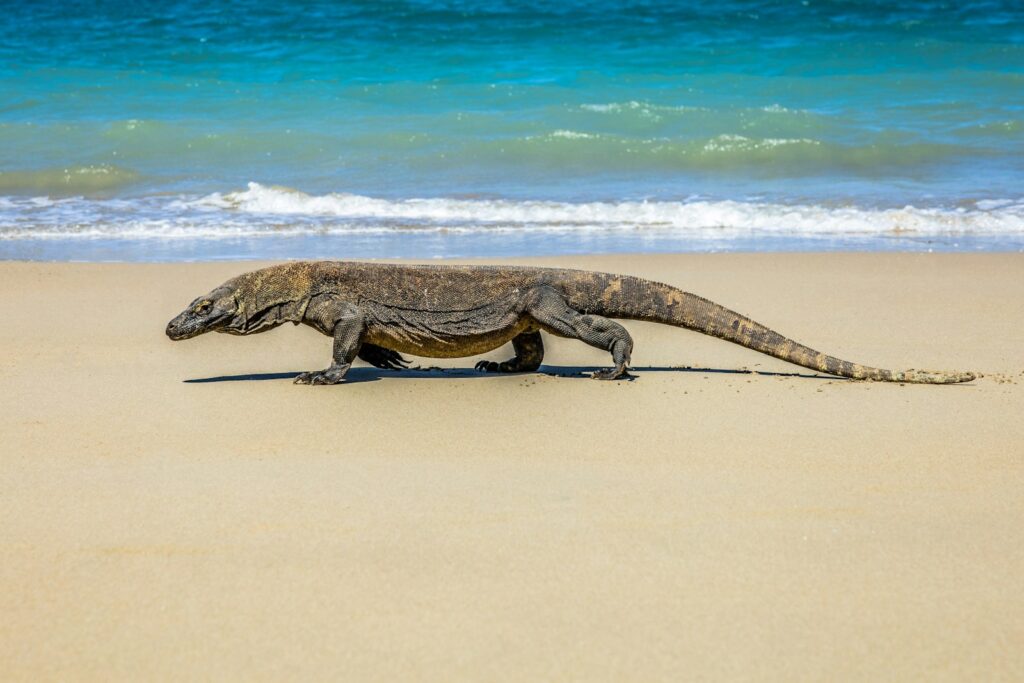
Observing how modern reptilian predators hunt provides valuable insights into possible dinosaur predation techniques. Komodo dragons, with their stealthy approach and powerful bite, demonstrate hunting strategies that might parallel those of certain theropod dinosaurs. Crocodilians, with their ambush techniques and powerful jaws, showcase hunting methods that likely evolved in their shared ancestors with dinosaurs and may have been employed by similar semi-aquatic dinosaur species. The sensory systems of modern reptiles—particularly their visual acuity, sensitivity to vibration, and in some cases, heat detection—suggest similar sensory adaptations in predatory dinosaurs that would have given them advantages when hunting. Pack hunting behaviors observed in some modern reptiles, though rare, raise the possibility that certain dinosaur species like Deinonychus or Velociraptor may indeed have hunted cooperatively, as fossil evidence suggests. The diverse feeding strategies of today’s reptiles, from filter feeding to scavenging to active pursuit, indicate that dinosaur ecosystems likely supported equally varied predatory niches, creating complex food webs within prehistoric environments.
Habitat Utilization and Ecological Niches

Modern reptiles demonstrate remarkable adaptability across diverse habitats, from deserts to rainforests to aquatic environments—a versatility that likely characterized dinosaur species as well. The way contemporary reptiles partition resources within shared ecosystems provides models for understanding how different dinosaur species coexisted within the same general areas without excessive competition. Specialized adaptations seen in modern reptiles, such as the webbed feet of water monitors or the heat-deflecting scales of desert-dwelling species, suggest similar specialized adaptations would have evolved among dinosaurs to exploit specific ecological niches. The vertical stratification observed in modern reptile communities, where different species utilize different levels of the environment from ground to canopy, likely occurred in dinosaur ecosystems as well, particularly with the evolution of arboreal and flying dinosaur species. Modern reptile population densities and distribution patterns help scientists estimate carrying capacities for prehistoric ecosystems, providing more accurate pictures of how many dinosaurs might have inhabited various ancient landscapes. These ecological insights allow researchers to reconstruct more detailed and nuanced models of dinosaur community structures.
Morphological Adaptations and Evolutionary Solutions
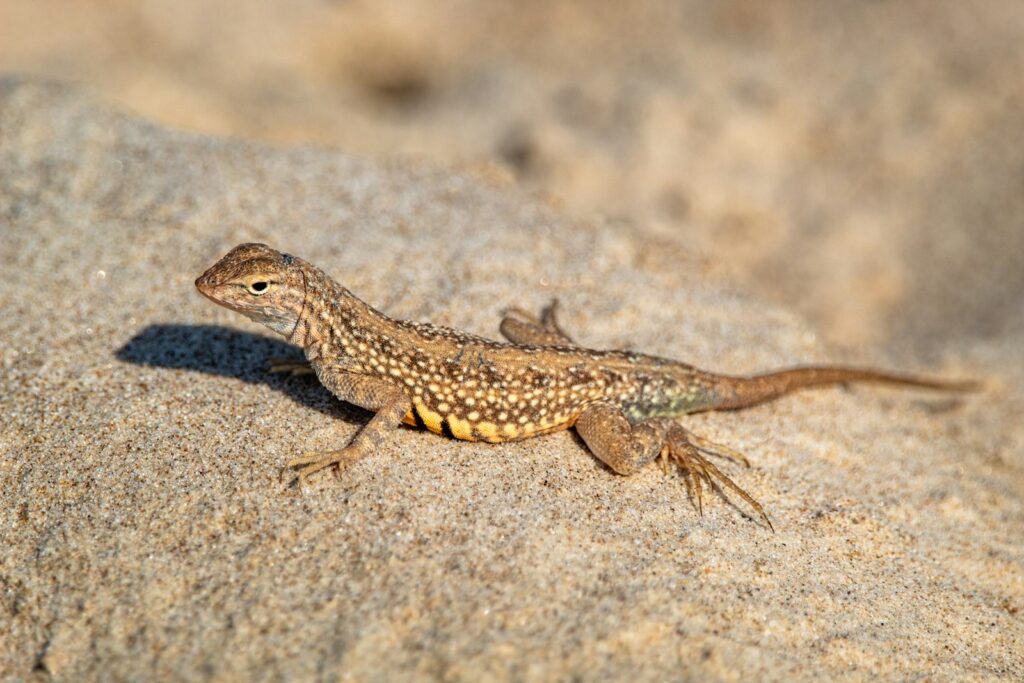
The physical adaptations of modern reptiles demonstrate evolutionary solutions to environmental challenges that dinosaurs likely faced as well. Specialized limb structures in modern reptiles, from the powerful digging forearms of monitor lizards to the streamlined limbs of sea turtles, suggest parallels to the diverse limb adaptations observed across dinosaur groups. Scale patterns and skin structures in today’s reptiles provide templates for understanding the functions of different dinosaur skin textures found in rare skin impressions and mummified specimens. The skull morphologies of modern reptiles show how jaw structure correlates with diet, a relationship that helps paleontologists interpret the feeding habits of dinosaurs based on skull anatomy. Defense mechanisms in contemporary reptiles, from the spiny frills of Australian lizards to the armored scutes of crocodilians, offer insights into the functions of similar structures in dinosaurs like Triceratops or Ankylosaurus. The convergent evolution observed in unrelated modern reptile species facing similar environmental pressures helps scientists identify similar patterns in dinosaur evolution, where unrelated lineages developed comparable adaptations to exploit similar ecological opportunities.
Social Structures and Communication Systems

Contrary to their popular portrayal as solitary creatures, many modern reptiles display complex social behaviors that suggest similar dynamics may have existed among dinosaur groups. The hierarchical social structures observed in crocodile congregations, with dominant individuals controlling prime territories and access to resources, may mirror social dynamics in certain dinosaur species, particularly among large theropods. Territorial displays and elaborate courtship rituals seen in modern lizards and crocodilians provide models for interpreting possible meanings of ornamental structures found in dinosaur fossils, from crests to frills. Communication systems in modern reptiles involving visual signals, scent marking, and vocalizations suggest dinosaurs likely employed similarly varied methods of intraspecies communication, an assertion supported by the complex resonating chambers found in some dinosaur skull fossils. Parental behavior in crocodilians, where mothers guard nests and respond to hatchling calls, supports fossil evidence suggesting similar parental investment in some dinosaur species. These social parallels challenge outdated perceptions of dinosaurs as primitive or solitary creatures, instead revealing them as socially complex animals embedded within intricate community structures.
Thermal Regulation and Environmental Adaptation

The thermoregulatory strategies employed by modern reptiles provide crucial insights into how dinosaurs may have managed body temperature in various climates. Behavioral thermoregulation observed in contemporary reptiles—moving between sun and shade, adjusting body positioning relative to the sun, or seasonal brumation—likely had parallels in dinosaur behavior, particularly among smaller species. The relationship between body size and thermal inertia seen in large modern reptiles supports theories that gigantism in certain dinosaur lineages may have evolved partly as a thermoregulatory adaptation, allowing more stable body temperatures. Vascular adaptations for heat exchange found in modern reptiles, such as the specialized blood vessels in crocodilian heads that help cool their brains, suggest similar mechanisms may have evolved in dinosaurs facing thermal regulation challenges. Environmental limitations on modern reptiles help scientists understand geographic constraints that might have influenced dinosaur distribution patterns across ancient landscapes with varying climate zones. These thermoregulatory insights contribute to ongoing debates about dinosaur metabolism, suggesting that different dinosaur groups likely evolved diverse solutions to temperature regulation rather than conforming to a single pattern.
Growth Patterns and Developmental Biology
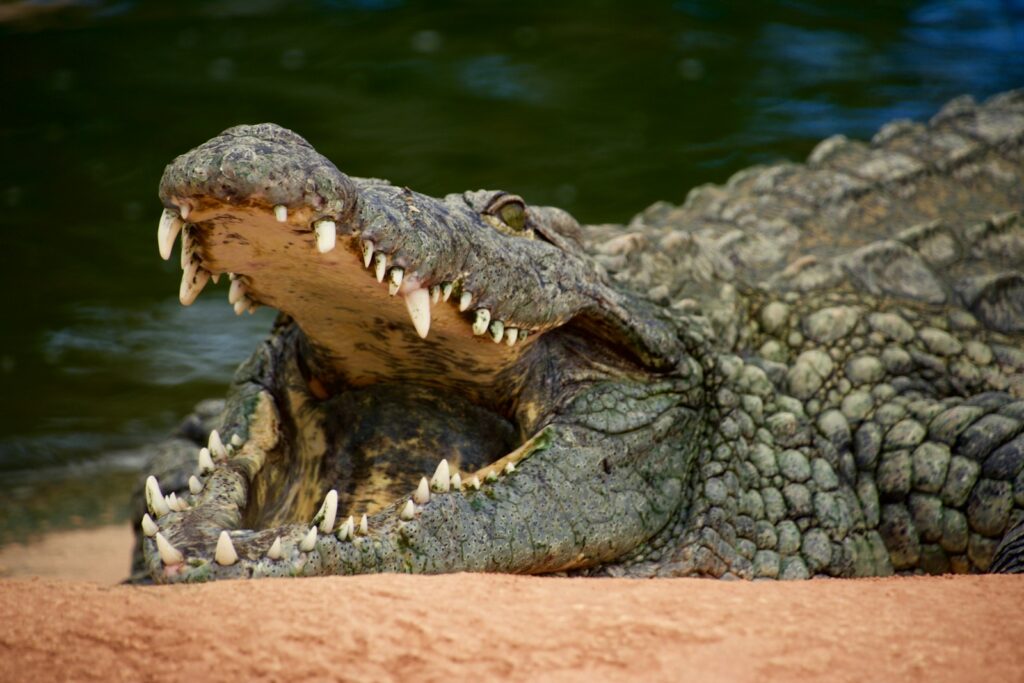
Modern reptile growth patterns provide valuable comparative models for interpreting dinosaur development from hatchling to adult. Growth ring studies in modern reptile bones help paleontologists accurately interpret similar structures in dinosaur fossils, revealing details about growth rates, lifespan, and environmental stresses experienced during an individual’s life. The dramatic size differences between hatchling and adult reptiles, particularly in crocodilians, mirror the extreme growth seen in many dinosaur species and help scientists understand the ecological implications of such substantial ontogenetic changes. Sexual dimorphism patterns in modern reptiles offer frameworks for identifying and interpreting potential sex-based differences in dinosaur fossil assemblages, though these remain challenging to verify definitively. The developmental plasticity observed in modern reptiles, where environmental conditions can influence growth rates and even physical characteristics, suggests that similar developmental flexibility may have benefited dinosaurs in fluctuating environments. These growth insights help reconstruct dinosaur life histories, revealing how individuals experienced drastically different ecological challenges and occupied different niches as they matured from vulnerable hatchlings to formidable adults.
Sensory Systems and Environmental Perception

The sophisticated sensory capabilities of modern reptiles provide models for understanding how dinosaurs may have perceived their environments. Vision adaptations in contemporary reptiles, from the specialized color perception of many lizards to the night vision capabilities of nocturnal species, suggest that dinosaurs likely possessed diverse visual adaptations suited to their ecological niches. The remarkable olfactory sensitivity of modern reptiles, particularly evident in the forked-tongue “scent-sampling” behavior of snakes and monitor lizards, implies that many dinosaur species may have relied heavily on smell for hunting, navigation, and social interactions. Specialized sensory organs found in current reptiles, such as the heat-sensing pits in pythons and vipers, raise the possibility that certain dinosaur groups may have possessed similar specialized sensory adaptations that wouldn’t necessarily be preserved in fossils. The hearing capabilities and vocalization patterns of modern reptiles inform our understanding of possible dinosaur communication systems, particularly when considered alongside skull structures that suggest resonating chambers in some species. These sensory insights help transform our view of dinosaur behavior from simplistic to sophisticated, portraying them as perceptive organisms actively engaging with complex environmental stimuli rather than operating on basic instinct alone.
Disease, Parasitism, and Immune Responses

Modern reptiles share similar immune challenges and parasitic relationships to those dinosaurs likely faced, providing valuable perspectives on disease ecology in prehistoric ecosystems. Bone pathologies observed in contemporary reptiles, from healed fractures to evidence of infection, help paleontologists accurately interpret similar lesions found in dinosaur fossils, distinguishing between traumatic injuries, infections, and congenital conditions. Parasite-host relationships documented in modern reptiles suggest dinosaurs likely hosted diverse internal and external parasites, creating complex ecological relationships that would have influenced dinosaur health, behavior, and evolution. Immunity adaptations observed in modern reptiles, particularly their remarkable wound healing capabilities and resistance to certain infections, suggest that dinosaurs may have possessed similar robust immune responses that helped them survive injuries in prehistoric environments. The susceptibility of contemporary reptiles to environmental toxins and pathogens offers insights into potential extinction pressures beyond the famous asteroid impact, including how changes in ancient disease ecology might have stressed dinosaur populations. These pathological connections help build more comprehensive understandings of the biological challenges that shaped dinosaur evolution and may have contributed to species-specific vulnerabilities.
Locomotion Patterns and Movement Efficiency
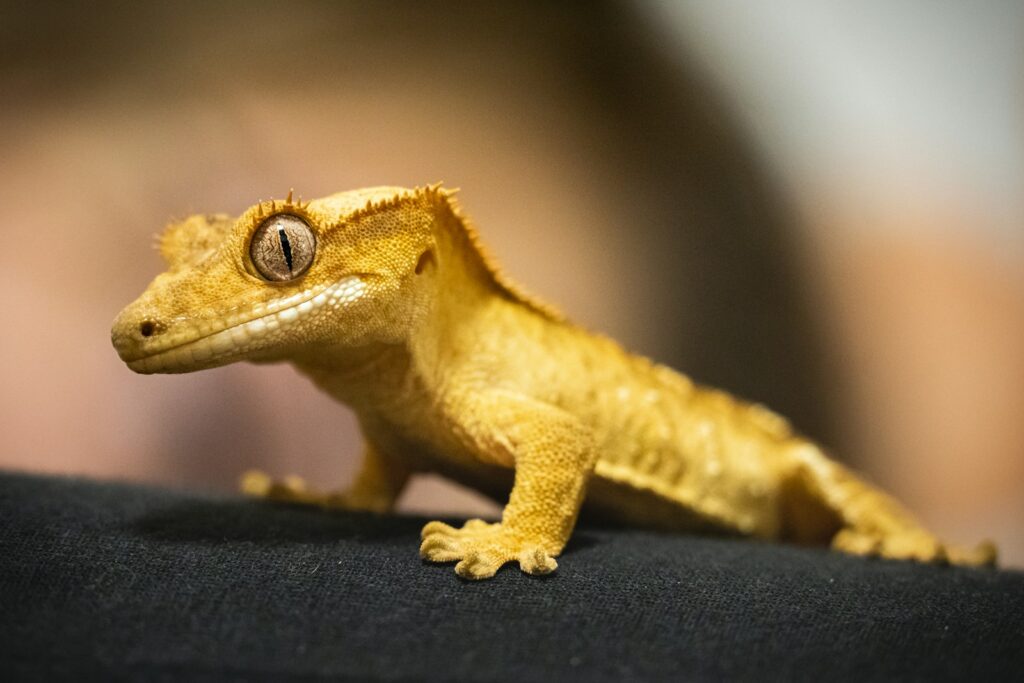
The diverse locomotion strategies employed by modern reptiles inform our understanding of how various dinosaur species moved through their environments. Gait analysis of walking and running in monitor lizards and crocodilians provides reference points for interpreting dinosaur trackways, helping scientists determine speed, stride length, and movement efficiency of extinct species. The swimming techniques of aquatic and semi-aquatic reptiles, with their specialized limb and tail movements, offer models for understanding how semi-aquatic dinosaurs may have navigated water environments. Climbing adaptations in arboreal reptiles illuminate how smaller dinosaur species, particularly feathered maniraptoran theropods, might have maneuvered through three-dimensional forest environments. The energy efficiency of modern reptile locomotion, typically allowing for greater stamina but lower speed compared to mammals, suggests similar trade-offs may have influenced dinosaur hunting strategies and predator-prey dynamics. These locomotion insights help scientists develop more accurate animations and models of dinosaur movement, replacing outdated conceptions with biomechanically sound reconstructions based on living reptile analogs and physical constraints.
Evolutionary Responses to Environmental Change
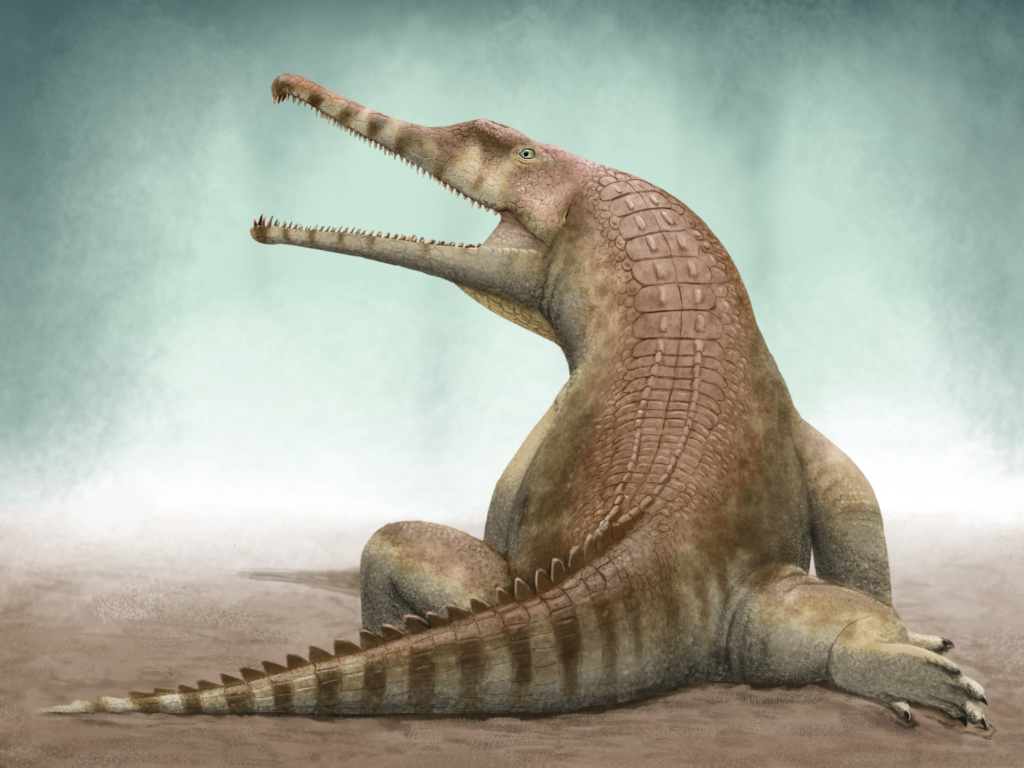
The ways modern reptiles adapt to changing environments provide valuable perspectives on how dinosaurs might have responded to the environmental fluctuations of the Mesozoic era. The resilience of contemporary reptiles to habitat fragmentation, when not extreme, suggests that many dinosaur species might have similarly adapted to changing landscapes during periods of geological activity. Range expansion patterns observed when reptiles encounter new suitable habitats help model how dinosaur species might have dispersed across continents as landmasses shifted and new ecological opportunities emerged. Behavioral flexibility in modern reptiles facing seasonal resource changes offers insights into how dinosaurs might have adjusted feeding, migration, or reproduction strategies during the cyclical environmental variations of their time. The vulnerability of specialized reptile species to environmental changes compared to the resilience of generalist species provides a framework for understanding which dinosaur groups might have been most vulnerable to extinction pressures. These adaptive parallels help scientists reconstruct the dynamic interplay between dinosaur evolution and environmental change throughout the 165 million years of dinosaur dominance, revealing not a static picture but a constantly evolving ecological relationship.
Limitations and Caveats in Modern-Ancient Comparisons
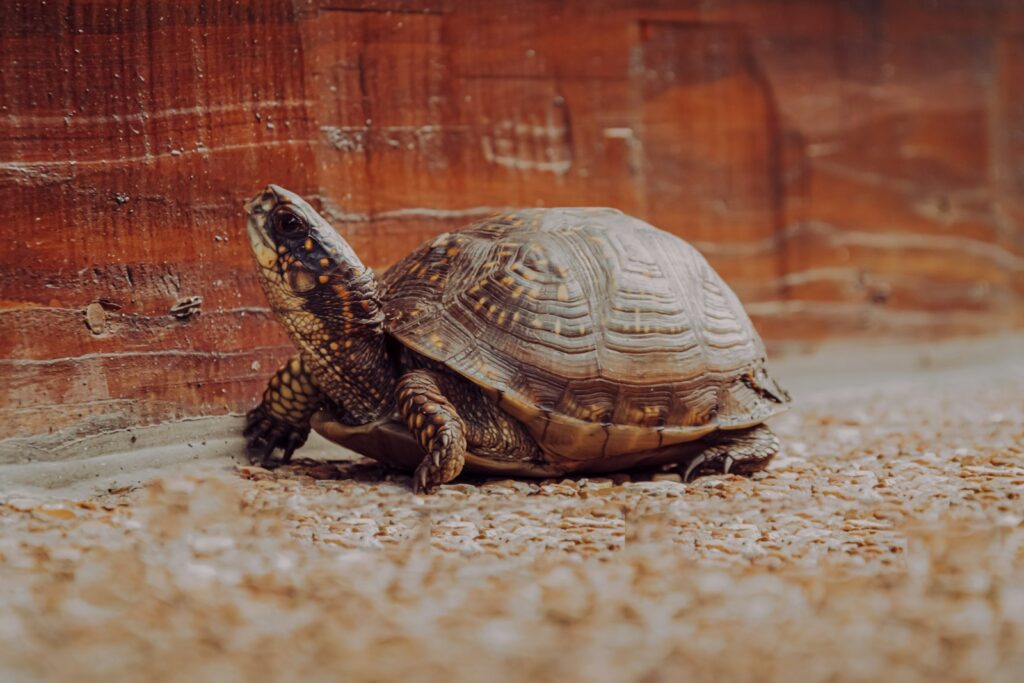
Despite the valuable insights modern reptiles provide, significant limitations must be acknowledged when drawing parallels to dinosaur biology and ecology. The vast evolutionary distance separating modern reptiles from dinosaurs—spanning over 66 million years of independent adaptation—means that many modern reptile traits represent convergent evolution rather than direct inheritance from shared ancestors. The substantial physiological differences between dinosaurs and modern reptiles, particularly given evidence that many dinosaur groups were more metabolically active than today’s reptiles, create important constraints on direct comparisons. The dramatically different global environments of the Mesozoic, with higher overall temperatures, different atmospheric composition, and unique plant communities, mean modern reptiles exist in ecological contexts substantially different from those navigated by dinosaurs. The absence of the largest dinosaur forms among modern reptiles (with even the largest crocodilians reaching only a fraction of the size of the largest dinosaurs) limits our ability to understand the physiological and ecological implications of extreme gigantism. Despite these limitations, careful comparative approaches that acknowledge these constraints continue to provide valuable frameworks for understanding ancient ecosystems, particularly when combined with evidence from the fossil record, phylogenetic analysis, and emerging technologies like computational modeling.
From Scale to Feather: The Dinosaur-Bird Connection

The evolutionary bridge between modern reptiles, dinosaurs, and birds offers one of the most compelling examples of the value of comparative biology in understanding ancient ecosystems. While birds descended directly from theropod dinosaurs, making them technically living dinosaurs themselves, they have undergone substantial evolutionary modifications that limit direct comparison to their Mesozoic ancestors. Modern reptiles thus occupy a crucial middle ground, sharing fundamental reptilian traits with dinosaurs while demonstrating how reptilian physiology adapts to diverse ecological niches. The transitional fossils showing the evolution from scaled dinosaurs to feathered forms highlight the importance of understanding both modern reptilian skin structures and avian feather development. Nesting behaviors seen in crocodilians and birds together provide a more complete picture of likely dinosaur reproductive strategies, suggesting a continuum of reproductive approaches rather than discrete categories. The varied metabolic adaptations across modern reptiles and birds offer insights into the likely metabolic diversity among dinosaur groups, challenging simplified classifications of dinosaurs as either “warm-blooded” or “cold-blooded.” This evolutionary perspective reinforces that studying both modern reptiles and birds provides complementary insights, together creating a more complete understanding of dinosaur biology than either group could provide alone.
Conclusion

In conclusion, modern reptiles serve as indispensable living laboratories for paleontologists seeking to understand dinosaur ecosystems. While separated by millions of years of evolution, the biological parallels between these groups illuminate aspects of dinosaur life that fossils alone cannot reveal. From physiological adaptations to behavioral patterns, today’s reptiles provide testable models for interpreting the fragmentary evidence of prehistoric life.

